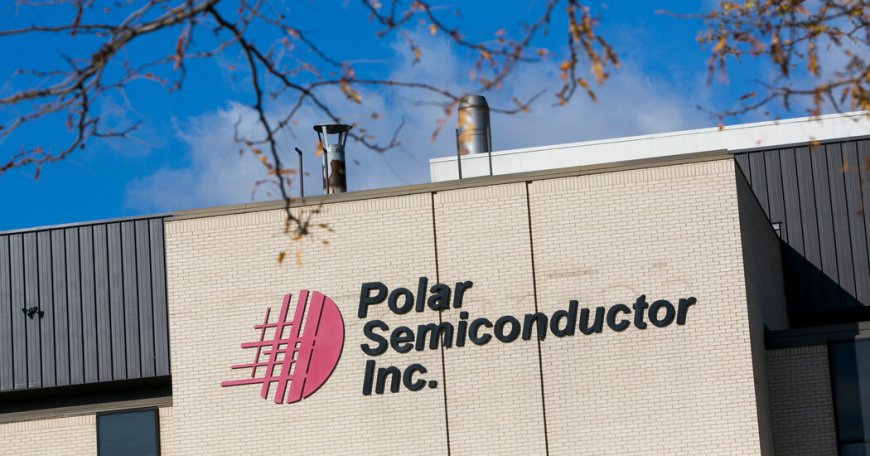U.S. Awards $120 Million to Polar Semiconductor to Expand Chip Facility
The grant is the latest federal award in a series stemming from the CHIPS and Science Act meant to ramp up domestic production of vital semiconductors.

Federal officials will provide up to $120 million in grants to Polar Semiconductor to help the company expand its chip manufacturing facility in Minnesota, the Biden administration announced on Monday, the latest in a string of awards meant to strengthen the U.S. supply of semiconductors.
Commerce Department officials said the grant would help Polar upgrade technology and double production capacity at its facility in Bloomington, Minn., within two years. The company produces chips that are critical for cars, defense systems and electrical grids, federal officials said.
“We are making taxpayer dollars go as far as possible while crowding in private and state investment to create jobs, secure our supply chains and bolster manufacturing in Minnesota,” said Laurie Locascio, the under secretary of commerce for standards and technology.
The funding stems from the bipartisan CHIPS and Science Act, which lawmakers passed in 2022 to ramp up the domestic production of commercial semiconductors, the tiny chips crucial for most electronics, including smartphones, computers, cars and weapons systems. The law gave the Commerce Department $39 billion to distribute to companies to incentivize the construction and expansion of new plants in the United States.
Scaling up domestic chip production is a major component of President Biden’s economic policy agenda, which largely focuses on bolstering American manufacturing and bringing back jobs that have shifted overseas. Only about 10 percent of the world’s semiconductors are produced in the United States, down from about 37 percent in 1990.
Biden administration officials have so far announced awards of more than $29 billion. Last month, the Commerce Department announced up to $6.1 billion in grants to Micron to help the chipmaker build plants in New York and Idaho. Other chipmakers — including Samsung, Taiwan Semiconductor Manufacturing Company and Intel — have received multibillion-dollar awards. GlobalFoundries, Microchip Technology and BAE Systems received the first three federal awards.
The United States is trying to ramp up domestic production of semiconductors in part to prevent the kinds of expensive and economically damaging chip shortages that cropped up during the pandemic. Federal officials said Polar’s award would help head off those types of disruptions.
“During the Covid-19 pandemic, shortages of these chips were among the most acute bottlenecks,” Ms. Locascio said. “Because of President Biden’s leadership, the future of the semiconductor industry is being built right here in the United States.”
Similar to other recipients, Polar will have to meet certain milestones before getting the payments, federal officials said. The company is also planning to claim federal tax credits that help reduce the cost of building and outfitting factories with production equipment.
Editors’ Picks
How Lowriders Put a Vivid Stamp on New York City’s Car Scene
My Father Sexually Abused Me. Should I Tell My Family?
Will This Antiquated Gynecological Tool Get an Upgrade?
Minnesota is also providing about $75 million in grants to Polar’s expansion project, which is expected to cost more than $525 million. The company’s expansion will create more than 160 manufacturing and construction jobs in Minnesota, federal officials said.
The federal award will help Polar establish itself as a U.S.-owned independent foundry, which will allow the company to expand its customer base, administration officials said. So-called foundry services involve the manufacturing of chips that are designed and marketed by other companies.
Surya Iyer, the president and chief operating officer of Polar, said that the money was critical for the company’s expansion and that without it, a project of this size would not be possible.
“We’re talking about a small single-digit percent expansion rather than the huge effort that we’re going to put in now,” Mr. Iyer said.































